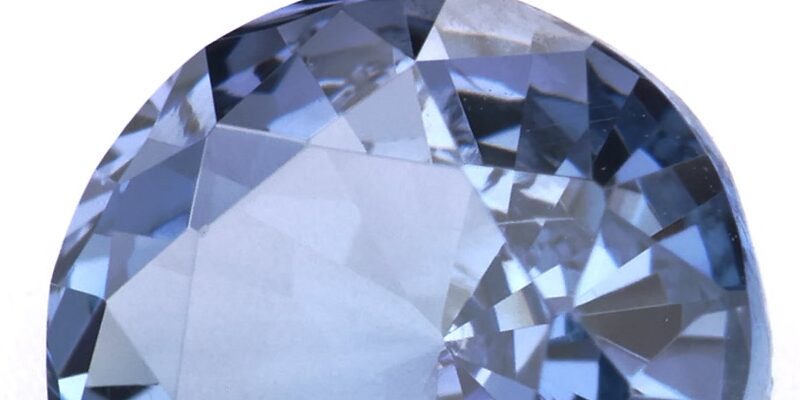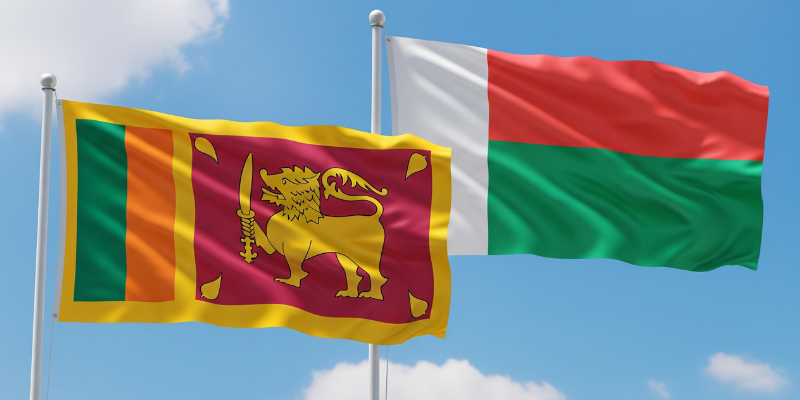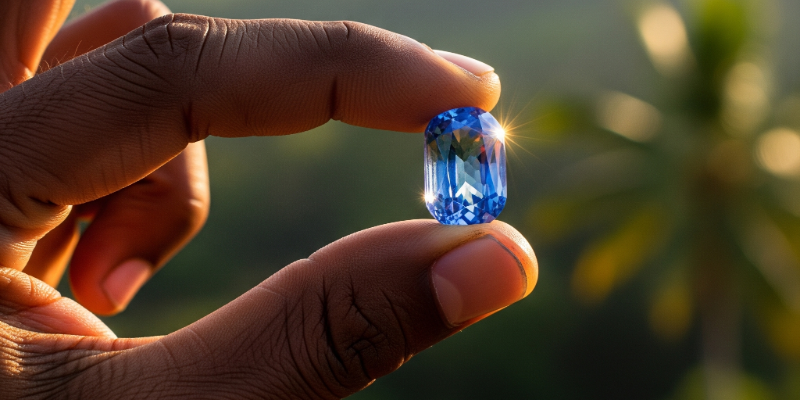General
Why Sri Lankan Gems Are Valuable
Why Sri Lankan Gems Are Valuable
Having decades of consistently providing exceptional raw materials, the island nation of Sri Lanka has been among the top gemstone-producing areas worldwide. Ceylon stones set themselves apart from other loupe-clean specimens the market has ever seen not only in abundance but also in the unique geological conditions that have produced them.

The metamorphic terrain of Sri Lanka’s gem-bearing gravels where intense heat and pressure have transformed ancient rock formations over millions of years produces corundum of extraordinary brilliance and saturation. Ceylon sapphires, in particular, demonstrate exceptional clarity and color intensity that commands premium prices in international markets. The famous cornflower blue Ceylon sapphires exhibit a velvety appearance with minimal silk inclusions, creating stones that achieve top color grades while maintaining excellent transparency. These characteristics make them highly sought after by collectors and connoisseurs who understand their rarity.
What truly distinguishes Sri Lankan material is the natural heat treatment potential inherent in the rough. Many Ceylon stones respond beautifully to thermal enhancement, transforming good color into exceptional hues that rival the finest Kashmir or Burmese material. This treatability factor significantly increases the commercial value of the rough, as skilled lapidaries can unlock the full potential of each parcel.
The pavilion depth and crown angles naturally occurring in Sri Lankan crystals often yield superior light return when properly oriented during cutting. Experienced cutters recognize that Ceylon rough frequently displays excellent pleochroism, allowing for strategic orientation to maximize color play and brilliance. This optical phenomenon is particularly pronounced in padparadscha sapphires, where the delicate pink-orange interplay creates mesmerizing color shifts that fetch substantial premiums.
Ceylon’s alluvial deposits also produce remarkable star stones with sharp, well-defined asterism. The rutile needle inclusions responsible for the star effect are distributed with exceptional uniformity, creating six-ray stars with remarkable definition and mobility. These phenomenal stones represent some of the finest star sapphires available, with large, clean specimens commanding significant values in specialized markets.
The provenance factor cannot be understated when discussing Ceylon gems. The island’s reputation for producing untreated, natural stones adds considerable value in today’s market where origin and treatment status directly impact pricing. Buyers consistently pay premiums for certified Ceylon origin, particularly for larger stones exceeding five carats where rarity becomes a decisive factor.
Sri Lankan mining techniques, passed down through generations, ensure minimal damage to the crystal structure during extraction. This careful handling preserves the integrity of the rough, allowing for maximum yield during cutting and reducing internal stress that could compromise durability. The traditional methods employed in the gem fields maintain the natural characteristics that make these stones so desirable.
The consistent quality emerging from established mining areas like Ratnapura and Elahera has created strong market confidence. Dealers recognize that Ceylon parcels typically offer predictable results, reducing the inherent risks associated with rough trading. This reliability translates into sustained demand and stable pricing structures that benefit the entire supply chain.
In essence, Sri Lankan gems command their remarkable value through a combination of exceptional natural characteristics, reliable supply chains, proven treatability, and centuries-old reputation for quality that continues to meet the exacting standards of today’s sophisticated gem markets.




